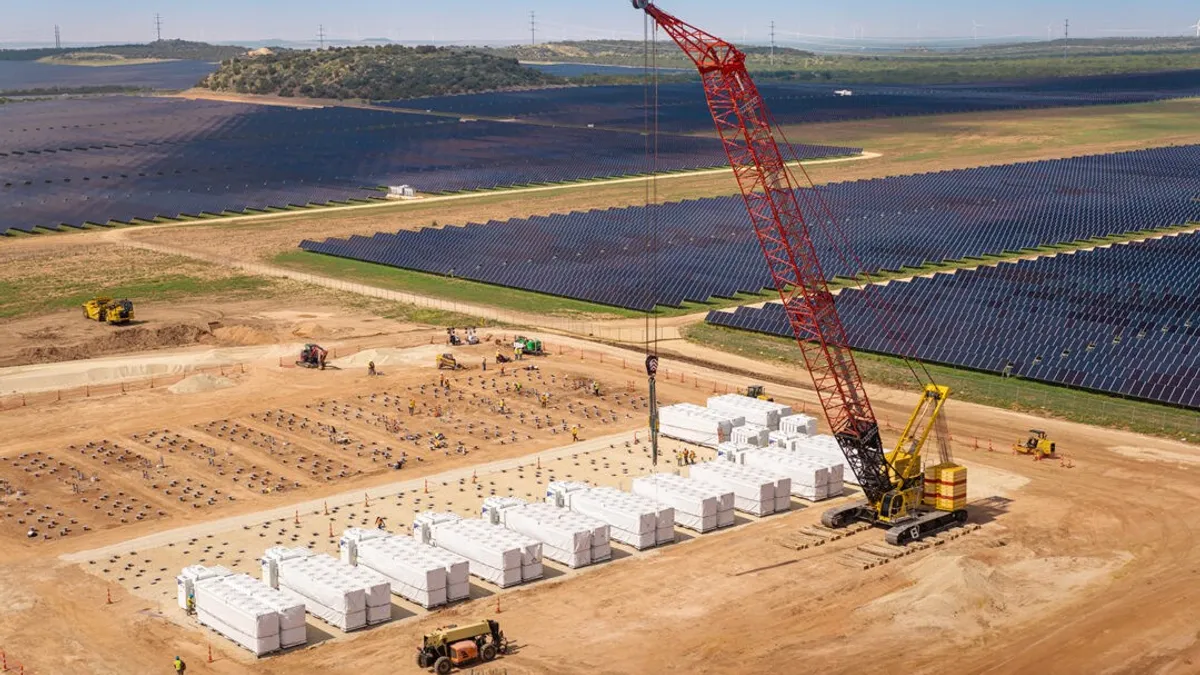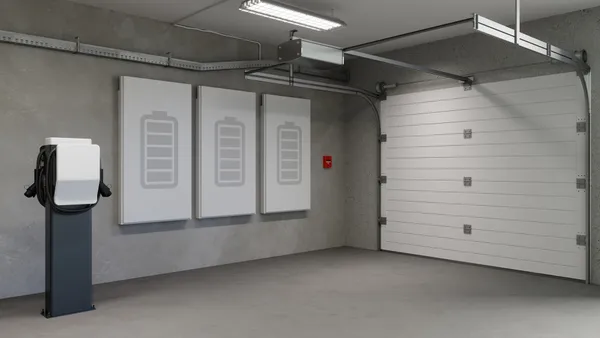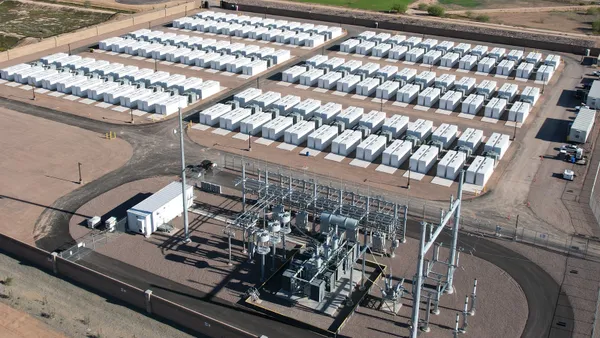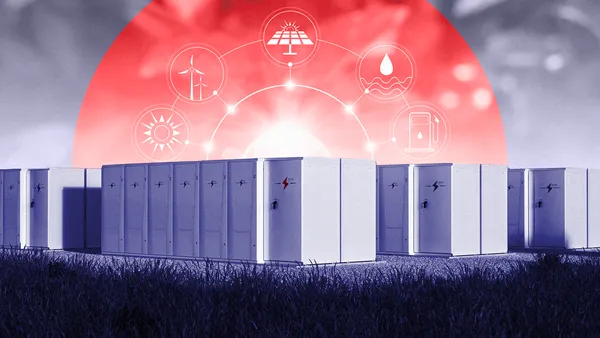Dive Brief:
- Intersect Power has closed on $837 million in financing commitments for three standalone utility-scale battery energy storage projects expected to come online this year, the company said Wednesday.
- The Lumina I, Lumina II and Radian facilities will each have 320 MWh of storage capacity with 2-hour discharge durations, adding nearly 1 GWh of storage capacity to complement approximately 1.2 GW of peak solar capacity at Intersect’s nearby Lumina and Radian solar farms.
- “These assets should allow us to provide more consistent financial performance from a diversified fleet of renewable generation and storage, benefiting from increasing market volatility and periods of high prices while protecting us from periods of low market prices,” Intersect Power CEO Sheldon Kimber said in a statement.
Dive Insight:
The three Texas facilities will increase by approximately 67% the capacity of Intersect Power’s storage portfolio, which currently includes two solar-plus-storage facilities in Riverside County, California: 448 MWh of storage at the 310-MWp Athos III solar farm and 1 GWh of storage at the 678-MWp Oberon plant.
Intersect Power “expect[s] to triple the size of our portfolio over the next three years,” Kimber said.
Intersect Power’s website shows four standalone solar projects and two solar-plus-storage facilities in development, all in Texas or California. The company announced in November 2019 that it would sell a five-facility, more than 1.7 GW solar portfolio to a SoftBank subsidiary, according to S&P Global.
The Texas financing package announced Wednesday comprises two distinct transactions totaling $837 million, Intersect Power said. Participants include Morgan Stanley, which is providing tax equity; HPS Investment Partners, which is providing construction and term debt; and Deutsche Bank, which is partnering in the construction debt facility and providing operational letters of credit.
The three new installations will store power generated by Intersect’s already-operational 640-MW Lumina and 320-MW Radian solar facilities. Each new storage facility will comprise 86 Tesla Megapacks, and the Radian and Lumina II installations will be operated by Tesla’s real-time energy trading platform, Intersect said.
The Texas energy storage market has seen rapid growth in recent years. Texas, California and Nevada accounted for 90% of the nearly 1 GW in utility-scale storage capacity added in the U.S. in Q1 2024, according to a June report from the American Clean Power Association and Wood Mackenzie.
The Electric Reliability Council of Texas grid, which serves most of the state’s population, now has approximately 4 GW of storage capacity. This could grow to 8.4 GW by the end of 2024 and 20 GW by 2035, Aurora Energy Research said in May.
Battery installations in ERCOT territory benefit from a combination of deregulated energy markets that offer attractive energy arbitrage opportunities and payments for ancillary grid services. Reuters reported in May that storage developers in the region increasingly favor facilities with 2-hour discharge durations, like Intersect Power’s three planned projects.
“Texas is one of the most interesting markets in the country for renewables [because] it has excellent land and solar resources, rapidly growing energy demand and a relatively deep and liquid power market,” Kimber told Utility Dive. “If you’re a developer with a strong trading and risk management function, utilizing more sophisticated offtake arrangements and looking to develop only the largest assets in the country, it’s an ideal market.”
Most of Intersect’s planned and operational facilities are solar, storage or solar-plus-storage, but the company has at least one green hydrogen project under development. That facility, known as Project Meitner, will feature 340 MW of solar and 460 MW of wind co-located with a 400-MW hydrogen electrolysis plant in Gray County, Texas, according to a company presentation.














